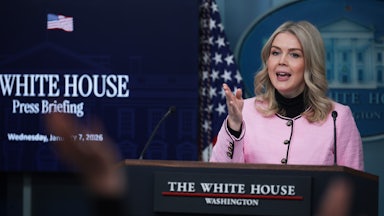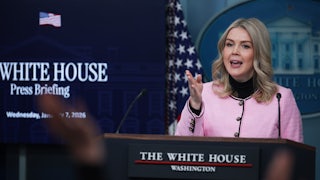Political scientists and journalists watch elections through completely different lenses. Whereas journalists think of key moments and momentum swings, political scientists say pshaw to all that. Elections are about the fundamentals; the “natural political forces,” in the words of John Sides, that history shows are more powerful than ads and debate slipups.
Sides is one of the country’s leading elections experts and the author, most recently, with Lynn Vavreck and Chris Tausanovitch, of The Bitter End, about the 2020 election and the intensifying polarization of American politics. In this Tomaskycast, Sides says that the fundamentals—Joe Biden’s approval rating, people’s feelings about the economy—augured a much broader Republican win than will apparently be the case and says that some very unusual circumstances cut against any wave. A number of Donald Trump–endorsed candidates, he argues, “weren’t very good at many of the mechanics of being a candidate.” In addition, “Democratic advertising succeeded in finding an alternative message” to the economy—namely, abortion rights.
Looking at the results more historically, Sides argues that we’ve entered a new era in midterm elections—that ever since 2018’s sky-high (for a midterm) turnout, academics have wondered whether “2018 was a one-off due to Trump.” But it looks like turnout this year was high too. Sides posits that with Trump and polarization and intense negative partisanship (hatred of the other side), “we’ve activated a group of habitual voters” who weren’t that before. In this one way, Sides observes, Trump has paradoxically “strengthened democracy,” since more people are voting. That’s the good part. But it’s also true that “we live more on the knife’s edge, where small changes tip the balance of power.”






